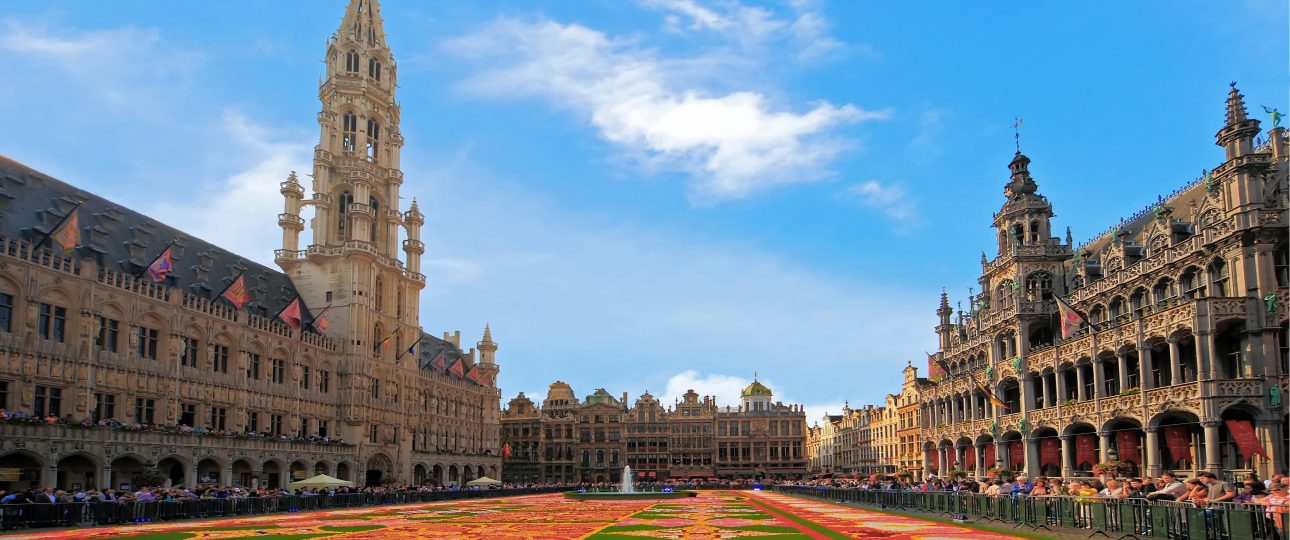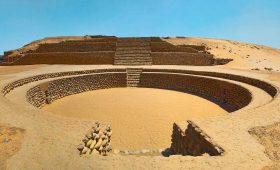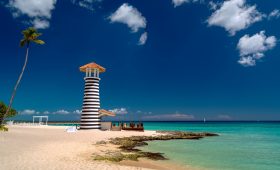Exploring Brussels: Belgium’s Capital
Discovering Brussels
Brussels, the capital of Belgium, is a city of contrasts. It blends modernity with history, offering a unique experience for travelers. Known for its political significance, Brussels is home to the European Union’s main institutions and NATO headquarters. This international influence is palpable in its diverse culture and vibrant atmosphere.
Historical Significance
Brussels has a rich history, though much of its medieval architecture was replaced during the 19th and 20th centuries. The Grand Place, a UNESCO World Heritage Site, remains a testament to its past. This central square is surrounded by opulent guildhalls and the Town Hall, showcasing stunning Gothic architecture. It’s a perfect spot to appreciate the city’s historical roots.
The Atomium, built for the 1958 World Expo, is another iconic landmark. This structure, resembling an iron crystal magnified 165 billion times, offers panoramic views of the city. Inside, exhibitions highlight Belgium’s scientific and cultural achievements.
Belgian Cuisine
Brussels is a culinary delight. Start with Belgian waffles, best enjoyed with fresh strawberries and whipped cream. For a savory option, try moules-frites, a dish of mussels and fries, often paired with a local beer.
Chocolate lovers will find paradise in Brussels. The city is dotted with chocolate shops offering exquisite pralines. These handcrafted chocolates come with various fillings, making them a must-try for any visitor.
Art and Culture
Art enthusiasts will find plenty to admire in Brussels. The Royal Museums of Fine Arts house works by masters like Rubens and Magritte. For contemporary art, visit the MIMA (Millennium Iconoclast Museum of Art), which features innovative exhibitions from both local and international artists.
Brussels also boasts a vibrant street art scene. Neighborhoods like Saint-Gilles and Ixelles are adorned with colorful murals, offering a modern twist to the city’s artistic landscape.
Planning Your Visit
Best Time to Visit
Brussels has an oceanic climate, with mild temperatures and consistent rainfall throughout the year. The best time to visit is from April to September when the weather is warmer and outdoor events are plentiful. However, if you prefer fewer crowds, consider visiting during the shoulder seasons of spring and fall.
Getting to Brussels
Brussels is well-connected by air, train, and road. Brussels Airport serves international flights from major cities worldwide. The city also has excellent rail connections, making it a convenient hub for exploring Europe.
Local Transportation
Once in Brussels, getting around is straightforward. The public transportation system includes buses, trams, and the metro, all efficient and well-connected. Consider purchasing a Brussels Card for unlimited access to public transport and discounts at various attractions.
Brussels is also a walkable city, with many attractions within close proximity. Walking is a great way to explore its charming streets and discover hidden gems.
Key Facts
- Brussels is the capital city of Belgium and hosts major international institutions.
- The Grand Place is a UNESCO World Heritage Site.
- The Atomium was constructed for the 1958 World Expo.
- Belgium is renowned for its waffles, moules-frites, and chocolates.
- Brussels is home to the Royal Museums of Fine Arts and the MIMA.
- The best time to visit Brussels is from April to September.
- Brussels Airport is the main international airport in the city.
- The public transportation system in Brussels is efficient and well-connected.
- Brussels is a walkable city, perfect for exploring on foot.




